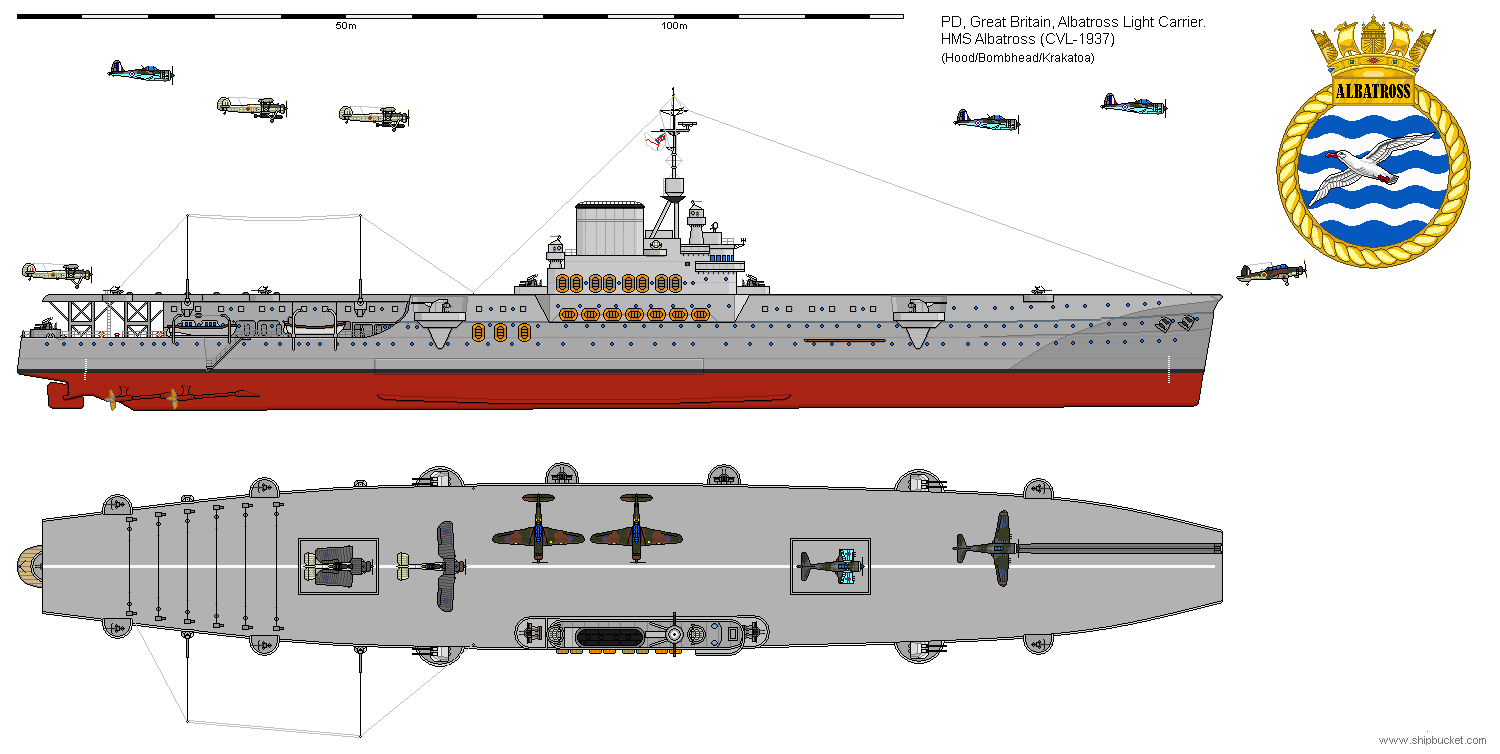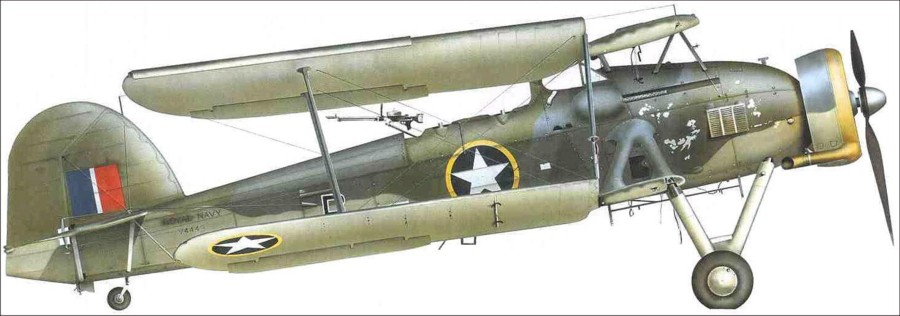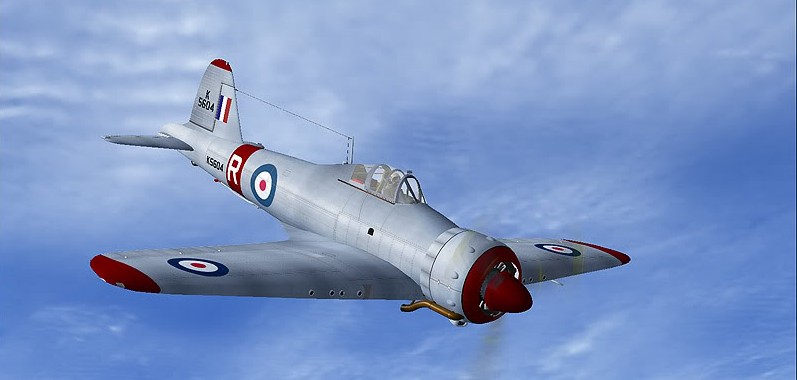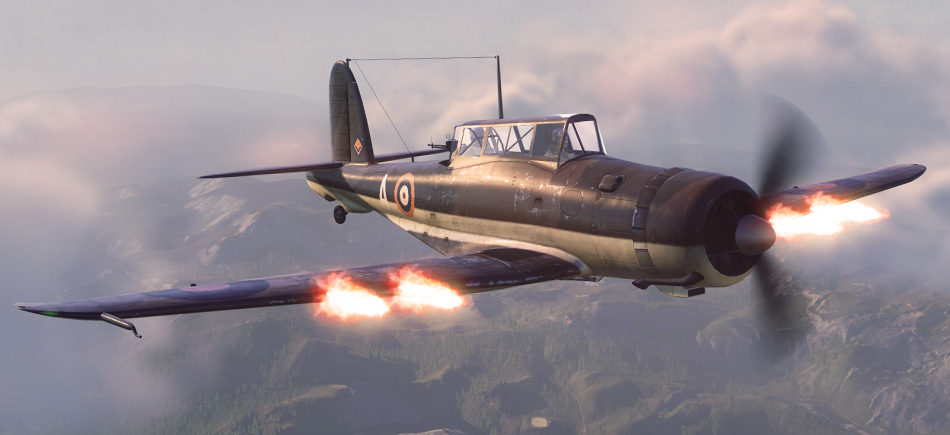When the Deutschland appeared in 1933, the biggest problem was not really how to sink it but how to find it, then sink it. In 1933, the mark one eyeball was still the main detection facility. The eyes may have been added to by binoculars and a directors optics but that still did not enlarge the horizon that could be seen around a ship. The introduction of catapult launched aircraft enlarged the possible search area but these aircraft could only be used in reasonable sea conditions, otherwise you could write-off a valuable aircraft and an even more valuable pilot. The RN pondered this problem and kept coming back to the same solution, the aircraft carrier. But that was another problem, the RN did not have enough of them. The RN could not afford the tonnage (CV's were tonnage limited) to build more of the large carriers they wanted to build. There was enough tonnage left in 1934 to lay down two 14-15,000 ton light carriers. The ships were based on a cruiser type hull of 600x70 feet. The ships were remarkably like the Hermes with updated equipment that 10 years of advances bring. They were fitted with a standard 72,000shp propulsion installation which produced an adequate 29/30 knots. The hangar could take 20-22 aircraft depending on size and type. Aircraft complement on out break of war was, 8 Gloster Griffon fighters, 4 Skua divebomber reconnaissance, and 10 Fairey Swordfish.

Eventually six of these extremely handy vessels were laid down. The first two Albatross and Osprey were laid down in late 1934 and were completed in late 1937 and early 1938. These two were followed by two more laid down in 1936 on the failure of the treaties, and with another two in 1937. They were then replaced in production by the Unicorn class which led to the Centaur class.
This gave a large search area facility from the aircraft on the carriers. The aircraft could be used to damage and slow the German ship, direct ships to the target, act as spotters for the big guns. Watch the ship sink beneath the waves.
These ships were the centerpiece for the hunter killer groups formed to hunt for the German Armoured Ships that were at sea at the out break of war. The Albatross, Osprey and Hermes were paired with the Warrior, Minotaur and Tiger (my Tiger from the Fisherless RN) battlecruisers, each with a light cruiser and two destroyers. The French supplied the Bearn, Lorraine two light cruisers and two destroyers. These four groups looked after the Central Atlantic (France) and South Atlantic search areas. The North Atlantic was covered by units of the Home Fleet out of Scapa Flow.


